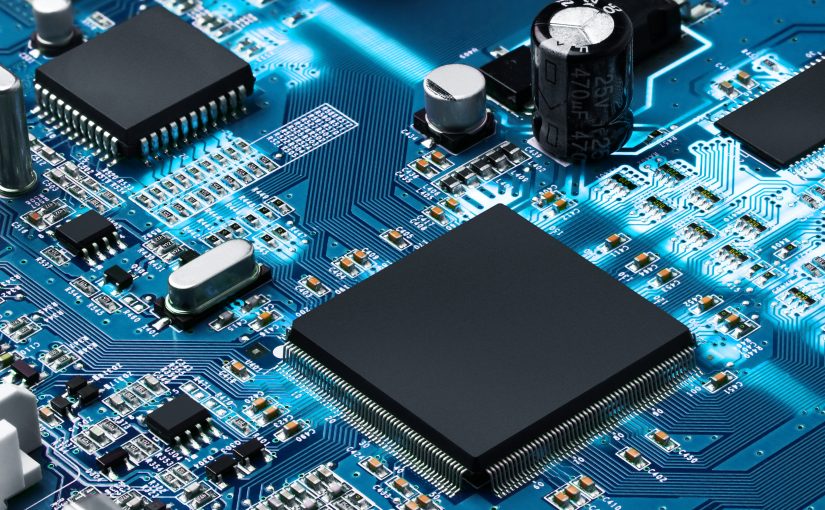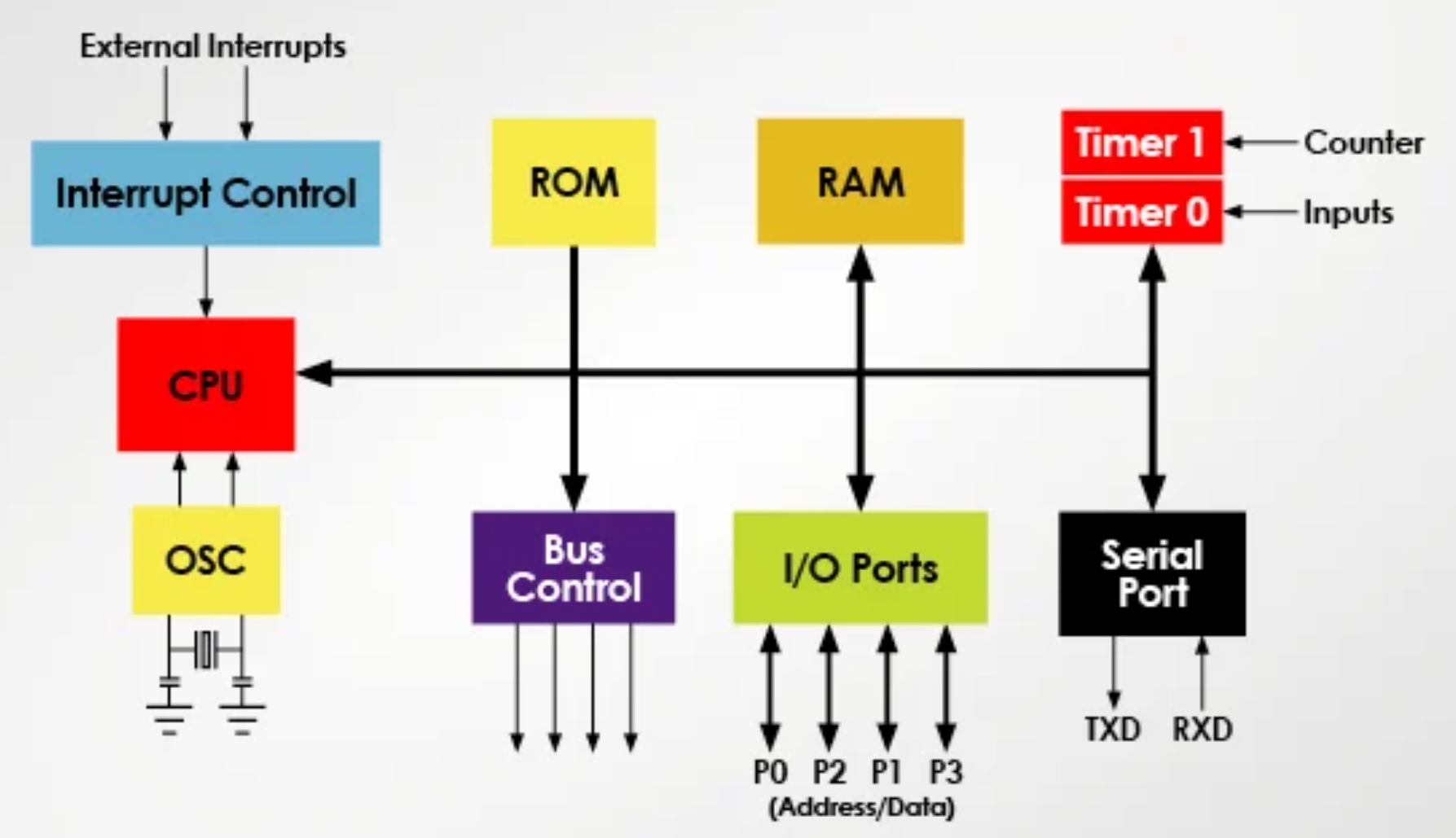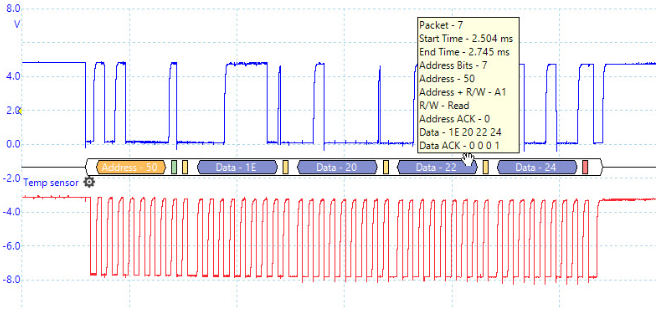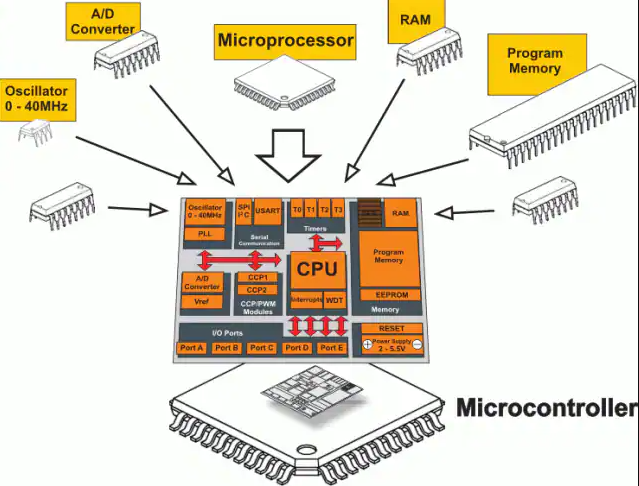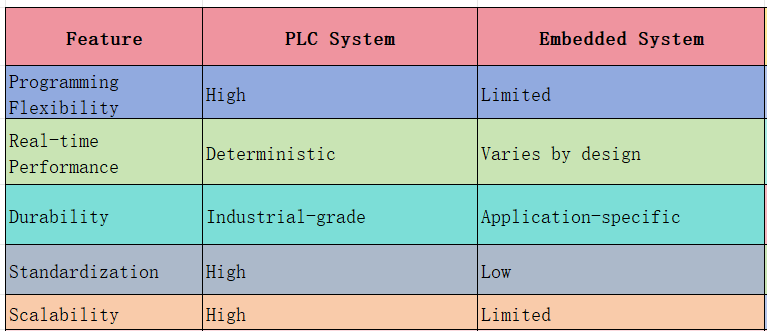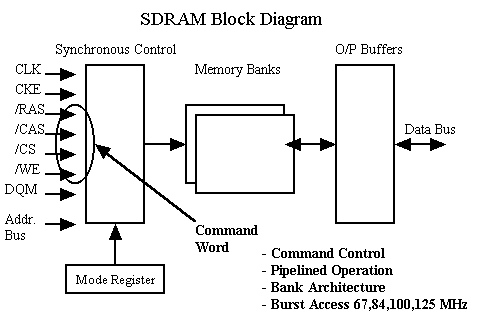Introduction
Embedded microprocessor architectures refer to the design and organization of microprocessors used in embedded systems. Embedded systems are computer systems embedded within other electronic devices, typically used for real-time control, communication, and data processing. The choice of microprocessor architecture has a significant impact on system performance, power consumption, and reliability.
Mainstream architectures
Currently, the mainstream embedded microprocessor architectures are ARM, x86, and MIPS. The following sections summarize the characteristics and common application areas of each.
ARM
ARM was originally developed by a British company, Acorn Computers. It is a low-power, high-performance architecture designed for embedded processors. ARM features a compact instruction set, high code density, and low power consumption, with capabilities targeted at mobile devices and embedded systems. ARM is widely used in smartphones, tablet computers, and various embedded applications; for example, Qualcomm's Snapdragon series is based on ARM.
x86
x86 was originally developed by Intel. It is a complex, high-performance architecture with a rich instruction set and strong support for large memory addressing. x86 is well suited to PCs and servers where high-performance computing is required. The architecture is widely used in personal computers and servers; for example, Intel's Core series is based on x86.
MIPS
MIPS was initially developed at Stanford University. It is a streamlined, high-performance architecture characterized by a simple instruction set, efficient pipelined execution, and low latency. MIPS has been commonly used in network equipment, wireless routers, and digital signal processors; for example, some networking devices from Cisco have been based on MIPS.
Other architectures
Beyond these three, other architectures are used in specific domains. For example, the Power architecture retains a presence in servers and supercomputers. RISC-V is an open-source architecture that has emerged recently and is seeking adoption within the embedded market.
Summary
Embedded microprocessor architecture is a key element of embedded system design. ARM, x86, and MIPS are mainstream options, each offering advantages for different application requirements. Architecture selection should be driven by the specific needs of a project, including performance, power consumption, and reliability. As technology evolves, embedded microprocessor architectures are likely to become more diverse and specialized.
 ALLPCB
ALLPCB


